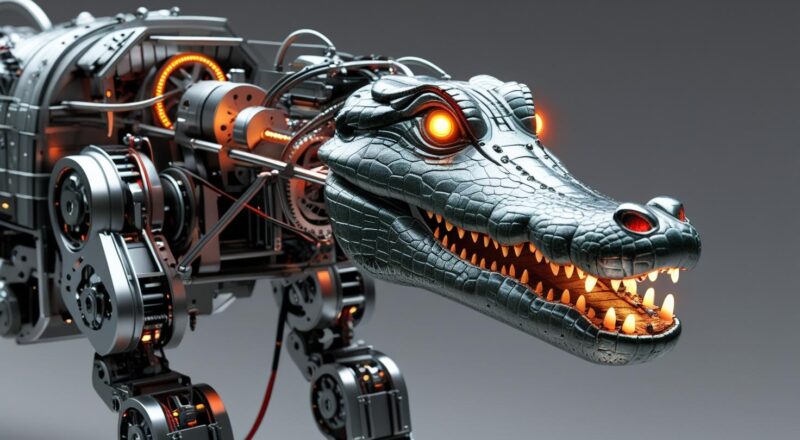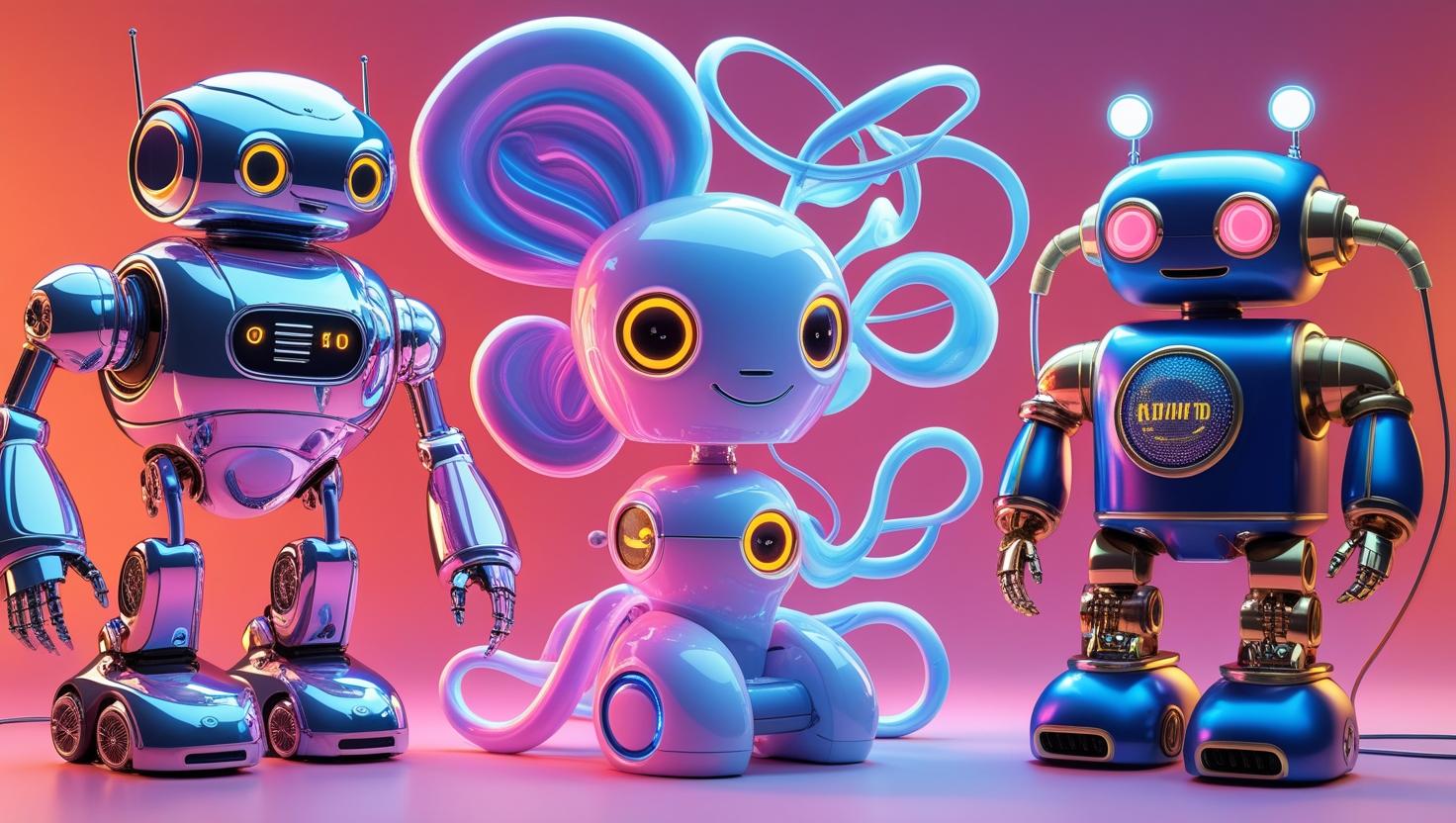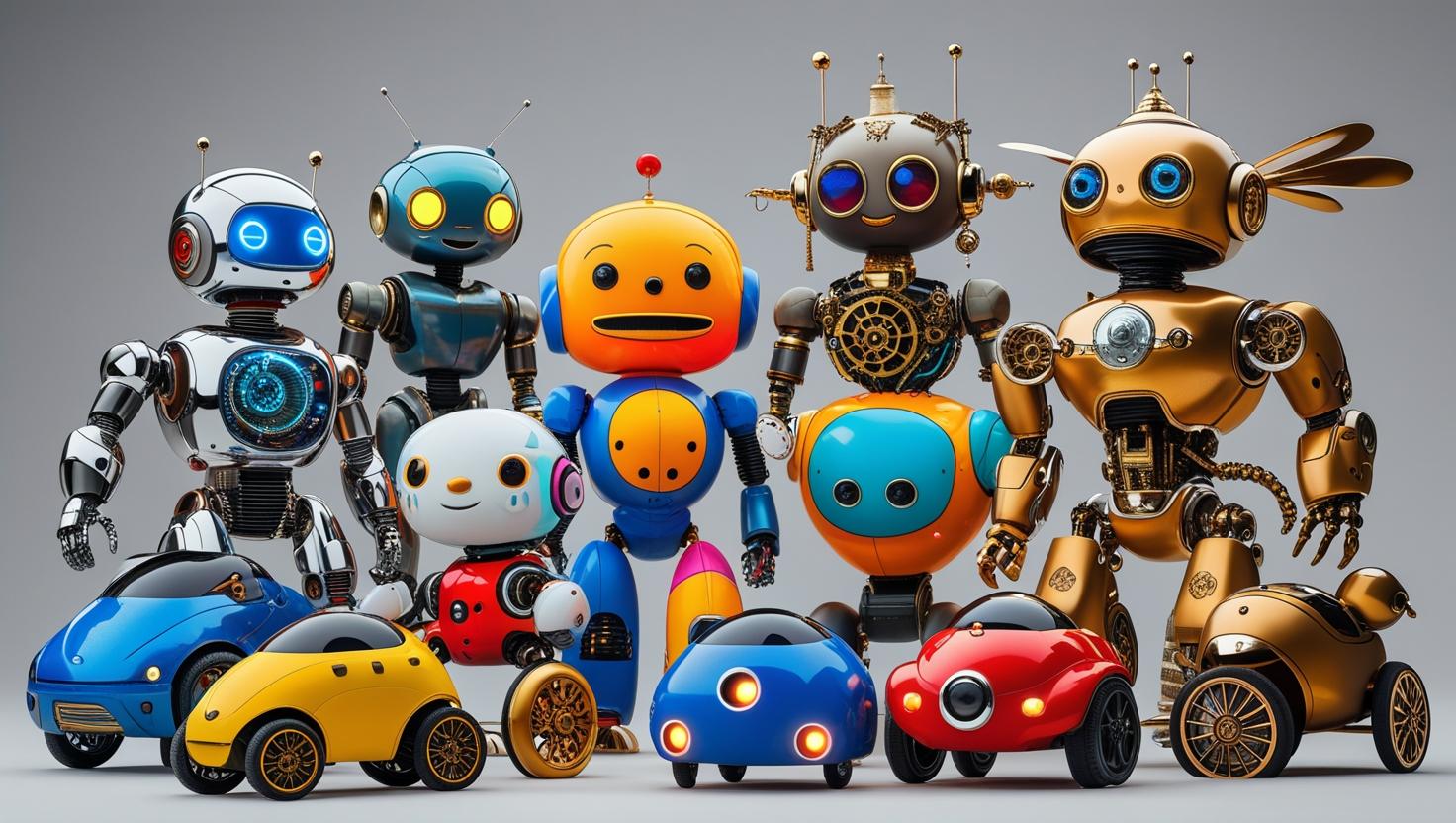The world of pet robots is constantly evolving, moving beyond simple toys to sophisticated companions offering genuine benefits. While older models focused primarily on entertainment, the latest innovations are exploring uncharted territory in assistance, therapy, and even security. This blog post will delve into two relatively new and concrete applications of pet robots that have emerged within the last two years, showcasing their potential impact.
Pet Robots as Adaptive Learning Companions for Children with Autism Spectrum Disorder (ASD)
Traditional therapy for children with ASD can be challenging, often requiring significant patience and adaptability on the part of the therapists. While animal-assisted therapy (AAT) with real animals, like dogs or horses, has shown promise, accessibility and hygiene concerns can be barriers for many families and institutions. Here, pet robots are stepping in as a potentially transformative alternative.
The key innovation lies in the development of pet robots that can adapt their behavior based on the child’s responses. Researchers are developing models equipped with advanced sensors (cameras, microphones, tactile sensors) and sophisticated AI algorithms. These robots can recognize and respond to a child’s facial expressions, vocalizations, and even body language, allowing them to adjust the difficulty of games, the pace of learning activities, and the level of interaction in real-time. For instance, if a child becomes frustrated, the robot might switch to a calmer activity or offer positive reinforcement. If the child is engaged and progressing well, the robot might introduce a more challenging task.
One prominent example is the use of robot-assisted therapy to teach social skills. These robots can simulate social scenarios, such as greeting someone or taking turns, providing a safe and predictable environment for children to practice. The predictable nature of the robot can be particularly beneficial for children with ASD, who often struggle with the ambiguity and unpredictability of human interactions. The robot’s consistent responses and clear cues can help them learn and internalize social rules and expectations.
Furthermore, these adaptive learning robots can collect valuable data on the child’s progress and behavior. This data can be shared with therapists and parents, providing insights into the child’s strengths and weaknesses, and allowing for more personalized and effective therapy plans. The data can also be used to further refine the robot’s behavior and improve its ability to respond to the child’s needs. The combination of personalized interaction and data-driven insights holds immense potential for improving the lives of children with ASD and their families.
Pet Robots as Proactive Fall Detection and Emergency Alert Systems for Elderly Individuals
Falls are a leading cause of injury and death among elderly individuals, posing a significant challenge for healthcare systems and families alike. Traditional fall detection systems, such as wearable sensors, often rely on the user’s ability to manually trigger an alarm after a fall. However, this may not always be possible, particularly if the person is unconscious or disoriented. Moreover, many elderly individuals are reluctant to wear such devices, due to comfort concerns or feelings of being stigmatized.
Pet robots are emerging as a non-intrusive and engaging solution for proactive fall detection. Equipped with advanced computer vision and machine learning algorithms, these robots can continuously monitor their environment and detect potential fall hazards, such as loose rugs or cluttered pathways. They can also recognize the signs of a fall, such as a sudden change in posture or a loss of balance. Upon detecting a potential fall, the robot can issue a verbal warning, giving the individual a chance to correct their posture and prevent the fall from occurring.
In the event of an actual fall, the robot can automatically trigger an emergency alert to a designated caregiver or emergency services. The robot can also provide real-time video and audio communication, allowing the caregiver to assess the situation and provide assistance remotely. Crucially, the presence of the pet robot can also offer emotional support and companionship during a stressful situation, which can be particularly beneficial for elderly individuals who live alone.
The integration of fall detection capabilities into pet robots offers several advantages over traditional systems. First, it eliminates the need for the user to wear a device, making it more comfortable and less stigmatizing. Second, it provides proactive fall prevention by identifying and warning about potential hazards. Third, it enables automatic emergency alerts, ensuring that help arrives quickly in the event of a fall. The combination of proactive prevention, automatic detection, and emotional support makes pet robots a promising solution for improving the safety and well-being of elderly individuals.
The Future of Pet Robots: A Symbiotic Relationship with Humans
These two applications are just a glimpse into the vast potential of pet robots. As technology continues to advance, we can expect to see even more innovative uses for these furry (or not-so-furry) companions. From providing personalized education and therapy to enhancing safety and security, pet robots are poised to play an increasingly important role in our lives.
The key to realizing this potential lies in the continued development of advanced AI algorithms that allow pet robots to understand and respond to human needs and emotions. As pet robots become more intelligent and adaptable, they will be able to form deeper and more meaningful connections with humans, creating a truly symbiotic relationship that benefits both parties. The ethical considerations surrounding these advanced pet robots should also be taken into account.
The future of pet robots is bright, and it promises to transform the way we live, learn, and interact with the world around us. From children with ASD to elderly individuals living alone, pet robots are already making a positive impact on the lives of many. And as technology continues to evolve, their potential to improve our lives will only continue to grow.




